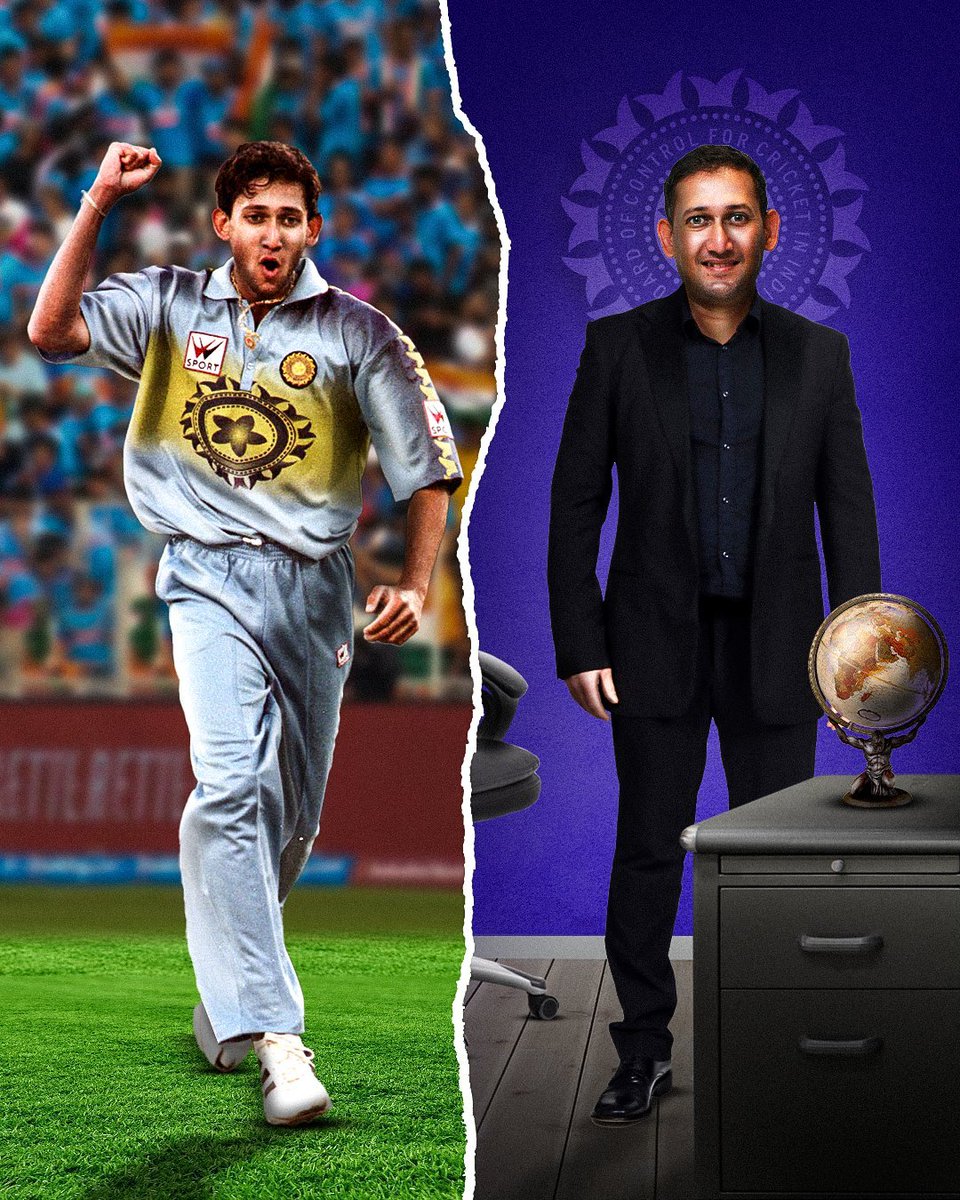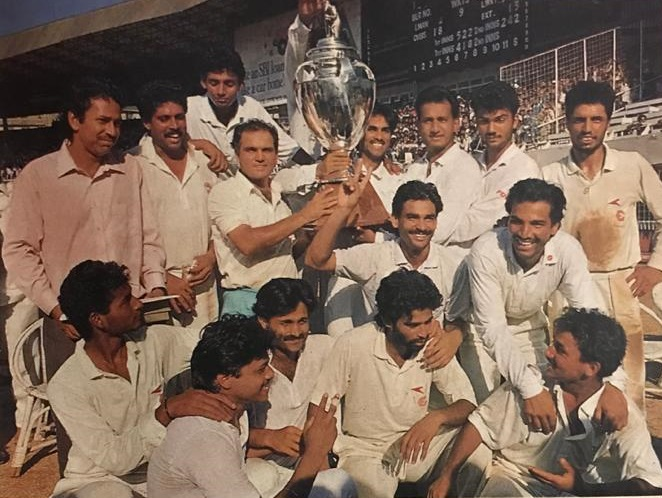He captured the imagination of the cricketing fraternity at the age of 12. In 2009, at Cross Maidan, Sarfaraz Khan shattered the record for the highest score in the Harris Shield inter-school tournament, scoring 439 for Rizvi Springfield. A star had emerged!
#SarfarazKhan #INDvENG
#SarfarazKhan #INDvENG

However, a glitch arose. Despite his young age, he appeared older, leading the Mumbai Cricket Association to suspend him on charges of age manipulation. Only after the results of an advanced age test, they reinstated him.
Trials persisted. The MCA's indoor academy expelled him from a camp on "disciplinary grounds." It was such a challenging phase that Sarfaraz contemplated giving up cricket altogether, a sentiment confirmed by his father, Naushad Khan.
Trials persisted. The MCA's indoor academy expelled him from a camp on "disciplinary grounds." It was such a challenging phase that Sarfaraz contemplated giving up cricket altogether, a sentiment confirmed by his father, Naushad Khan.
Sarfaraz's comeback was resilient, fueled by an exceptional season with the Mumbai U-19 team, earning him a call-up to the India U-19 squad. His match-winning 66-ball 101 against South Africa solidified his place.
He subsequently participated in two U19 World Cups. In the 2014 edition, he amassed 211 runs in 6 innings at an average of 70. In 2016, Sarfaraz emerged as the 2nd leading run-scorer with 355 runs, contributing to India's second-place finish.
He subsequently participated in two U19 World Cups. In the 2014 edition, he amassed 211 runs in 6 innings at an average of 70. In 2016, Sarfaraz emerged as the 2nd leading run-scorer with 355 runs, contributing to India's second-place finish.

In 2015, the Royal Challengers Bangalore acquired him for 5 million. His impactful 45(21) cameo in the second match drew praise from Virat Kohli. While 2016 began impressively with a knock of 35(10), fitness issues hampered his further progress, a tale for another day. 

Another incident in 2015 involved the Mumbai Cricket Association withholding Sarfaraz's match fees due to on and off-field indiscipline. Subsequently, he made an offensive gesture at selectors, prompting him and his father to switch their allegiance to Uttar Pradesh.
However, the decision backfired. Sarfaraz realized his mistake, returning to Mumbai after three years, serving a one-year cooling period, and re-qualifying to play for Mumbai. From there, his trajectory knew no bounds.
However, the decision backfired. Sarfaraz realized his mistake, returning to Mumbai after three years, serving a one-year cooling period, and re-qualifying to play for Mumbai. From there, his trajectory knew no bounds.

In 2020, Sarfaraz marked his return with a monumental 301* against his former team, UP, in a Ranji Trophy game. Followed by scores of 226*, 78 & 177, he totalled 928 runs in 9 matches with an average of 154.66.
The 2021-22 season showcased Sarfaraz's dominance, finishing as the highest run-scorer with 982 runs in 6 matches at an average of 122.75. His first-class batting average stood at an impressive 82.83, second only to Don Bradman.
The 2021-22 season showcased Sarfaraz's dominance, finishing as the highest run-scorer with 982 runs in 6 matches at an average of 122.75. His first-class batting average stood at an impressive 82.83, second only to Don Bradman.

His contributions extended to winning the Irani Trophy and the Syed Mushtaq Ali Trophy in 2022 for the Rest of India and Mumbai, respectively.
Despite clamours for his national selection, concerns over fitness and underwhelming India A performances persisted. In six 'A' games, Sarfaraz scored just 205 runs at an average of 34.16.
Yet, Sarfaraz continued to excel in the Ranji Trophy, smashing 556 runs in 6 matches in 2022-23, though with a slightly lower average of 92.66.
Despite clamours for his national selection, concerns over fitness and underwhelming India A performances persisted. In six 'A' games, Sarfaraz scored just 205 runs at an average of 34.16.
Yet, Sarfaraz continued to excel in the Ranji Trophy, smashing 556 runs in 6 matches in 2022-23, though with a slightly lower average of 92.66.

The question grew louder. Sunil Gavaskar asked, "Sarfaraz Khan has been scoring at an average of 100 in the past three seasons. What does he have to do to be picked in the squad?"
Sarfaraz clocked in performances for India A but Rajat Patidar beat him to Test selection. Virat Kohli opting out of the England Test emptied one slot in the middle order, Patidar grabbed it with his 151 against the ENG Lions
Sarfaraz clocked in performances for India A but Rajat Patidar beat him to Test selection. Virat Kohli opting out of the England Test emptied one slot in the middle order, Patidar grabbed it with his 151 against the ENG Lions

KL Rahul was ruled out of the second Test. Sarfaraz's 161 against the England Lions became the key to the locked door of the Indian Test squad. Sarfaraz earned a call-up.
Reflecting on it, he said, "I didn't believe it at first, I was not sure I had actually been selected. Then I told people at home; my father wasn't at home at the time, he was in our village, so I called him, and everyone - my wife, abbu, ammi [mother]. Everyone was so happy and emotional."
Reflecting on it, he said, "I didn't believe it at first, I was not sure I had actually been selected. Then I told people at home; my father wasn't at home at the time, he was in our village, so I called him, and everyone - my wife, abbu, ammi [mother]. Everyone was so happy and emotional."

The Test debut had to wait for two more weeks. KL and Shreyas Iyer's absence opened up another spot. Sarfaraz latched on to this one. The dream became a reality.
Anil Kumble handed him the Test cap. Sarfaraz Khan became the 312th player to represent India in Tests. The batter scored an impressive 62(66).
Although a mix-up ended a potential fairytale beginning, Sarfaraz Khan is here to stay, ready for the next innings and another Test.
Anil Kumble handed him the Test cap. Sarfaraz Khan became the 312th player to represent India in Tests. The batter scored an impressive 62(66).
Although a mix-up ended a potential fairytale beginning, Sarfaraz Khan is here to stay, ready for the next innings and another Test.

• • •
Missing some Tweet in this thread? You can try to
force a refresh
















